Introduction
In the dynamic landscape of healthcare, preserving patient confidentiality is crucial. As technology advances, so do the tools available to uphold this commitment. One such tool making waves is privacy glass. Let’s delve into its intricacies and discover how it is revolutionising patient privacy.
Understanding Privacy Glass
Privacy glass, also known as switchable glass or smart glass, is a versatile solution designed to alter its transparency based on external factors. It operates on the principle of electrochromism, providing control over visibility at the flick of a switch.
Types of Privacy Glass
There are several types of privacy glass, including electrochromic, liquid crystal, and suspended particle devices (SPD). Each type offers unique features, catering to diverse needs within healthcare settings.
- Electrochromic Glass:
- Definition: Electrochromic glass is a type of smart glass that changes its tint or opacity in response to an electrical voltage.
- Functionality: This glass employs electrochromic materials that alter their optical properties, allowing for dynamic control over transparency.
- Liquid Crystal Glass:
- Definition: Liquid crystal glass utilizes liquid crystal molecules sandwiched between layers of glass to control light transmission.
- Functionality: By applying an electric current, the liquid crystals align or disperse, modulating the level of transparency in the glass.
- Suspended Particle Devices (SPD):
- Definition: SPD glass consists of microscopic particles suspended in a film between layers of glass that can be activated by an electric charge.
- Functionality: When voltage is applied, the particles align, controlling the passage of light and adjusting the transparency of the glass.
- Polymer Dispersed Liquid Crystal (PDLC):
- Definition: PDLC glass contains liquid crystal droplets dispersed in a polymer matrix, providing a switchable privacy solution.
- Functionality: By applying an electric field, the liquid crystal droplets reorient, altering the opacity of the glass.
- Photochromic Glass:
- Definition: Photochromic glass undergoes a reversible change in its optical properties when exposed to light, typically ultraviolet (UV) light.
- Functionality: In the presence of UV light, molecules in the glass darken, providing increased privacy, and revert to a clearer state in the absence of UV light.
- Thermochromic Glass:
- Definition: Thermochromic glass responds to changes in temperature by altering its tint or transparency.
- Functionality: As the temperature increases or decreases, the glass transitions between opaque and transparent states, offering a dynamic privacy solution.
- Switchable Smart Glass:
- Definition: Switchable smart glass is a generic term encompassing various types, including electrochromic, liquid crystal, and SPD glass.
- Functionality: This glass allows users to manually or automatically control its transparency, providing flexibility and adaptability to different privacy requirements.
Applications in Healthcare Settings
The adoption of privacy glass in healthcare extends across various areas within a facility, from hospital rooms to waiting areas and consultation rooms.
Hospital Rooms
Privacy glass finds extensive use in hospital rooms, allowing for instant adjustment of transparency based on patient preferences and medical requirements.
Waiting Areas
In waiting areas, privacy glass adds a layer of comfort by providing visual privacy for individuals awaiting medical attention.
Consultation Rooms
In consultation rooms, the glass can be controlled to offer transparency during discussions and opacity during examinations, enhancing the overall patient experience.
Benefits of Privacy Glass in Enhancing Patient Confidentiality
Visual Privacy
Privacy glass ensures visual privacy, preventing unauthorised individuals from viewing sensitive medical information or procedures.
Noise Reduction
Beyond visual privacy, these smart glass solutions contribute to noise reduction, creating a more serene environment for patients.
Increased Comfort
Patients appreciate the increased comfort that privacy glass provides, allowing them control over their immediate surroundings.
Privacy Glass Technology Advancements
As technology evolves, privacy glass is not left behind. Modern advancements include smart glass features and integration with healthcare systems.
Smart Glass Features
Some privacy glass solutions come equipped with smart features, such as the ability to adjust transparency based on the time of day or external lighting conditions.
Integration with Healthcare Systems
Privacy glass can be seamlessly integrated with healthcare systems, allowing for centralised control and monitoring.
Challenges and Considerations
While privacy glass offers numerous advantages, there are considerations to keep in mind.
Cost Factors
The initial cost of installing privacy glass can be a concern for some healthcare facilities. However, long-term benefits often outweigh the upfront expenses.
Maintenance and Cleaning
Proper maintenance and cleaning procedures are essential to ensure the longevity and effectiveness of privacy glass.
How Architects and Designers Are Incorporating Privacy Glass
Architects and designers play a crucial role in shaping healthcare environments. Their innovative use of privacy glass is transforming the aesthetics and functionality of healthcare spaces.
Design Trends
Current design trends emphasise the seamless integration of privacy glass to create modern, patient-centric healthcare facilities.
Collaborations with Healthcare Providers
Architects are collaborating with healthcare providers to tailor privacy glass solutions that align with the unique needs of each facility.
Impact on Work Environment
Healthcare professionals highlight the positive impact of privacy glass on their work environment, emphasising improved focus and patient interaction.
Educational Initiatives on Privacy Glass in Healthcare
Raising awareness about the benefits and applications of privacy glass is crucial for its widespread adoption.
Training Healthcare Staff
Educating healthcare staff on the proper use and advantages of privacy glass ensures optimal utilisation.
Raising Awareness Among Patients
Patient education initiatives help in managing expectations and fostering a positive perception of privacy glass in healthcare settings.
Recommendations for Implementing Privacy Glass
To maximise the benefits of privacy glass, certain best practices should be considered during implementation.
Best Practices
Consulting with experts such as those at Tecdur and following best practices ensures the seamless integration of privacy glass into healthcare facilities.
Choosing the Right Type of Glass
Selecting the appropriate type of privacy glass based on the specific needs of the healthcare facility is crucial for long-term success.
Conclusion
Privacy glass stands as a beacon of innovation in the realm of healthcare design, addressing the vital need for patient confidentiality. Its multifaceted benefits, technological advancements, and positive impact on both patients and healthcare professionals make it a valuable asset in modern healthcare facilities.
Who We Are
Tecdur is the leading manufacturer of smart glass for the UK and Ireland. Tecdur Switchable Glass provides the best clarity, lowest power consumption and lowest haze currently available. We can offer a wide range of specifications to meet project requirements with our switchable glass, cost is dependent on specification, application and design. Please get in contact with us to discuss further.
Please visit our portfolio for a look at completed projects. Keep up to date on our LinkedIn Showcase page

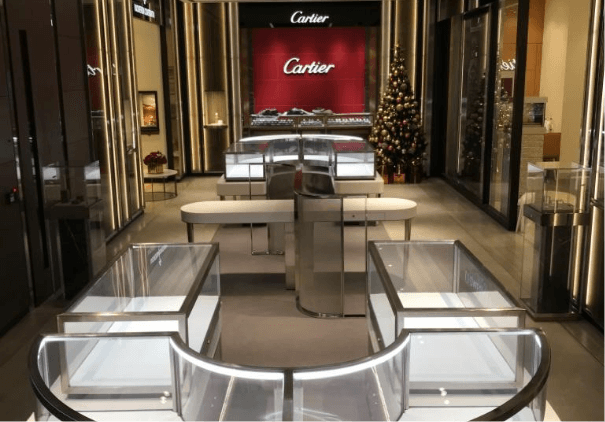
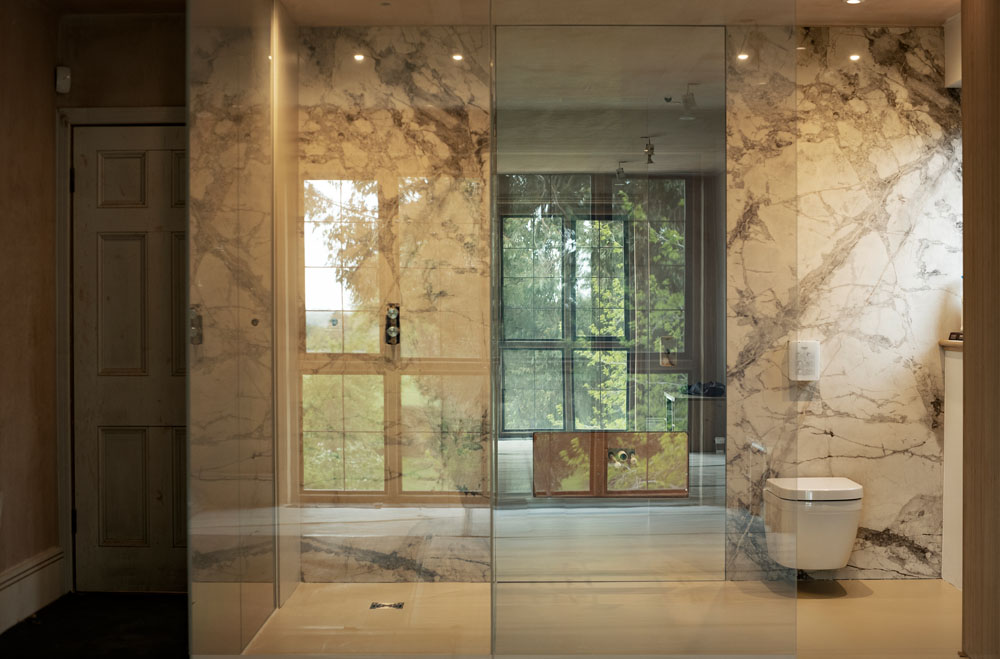
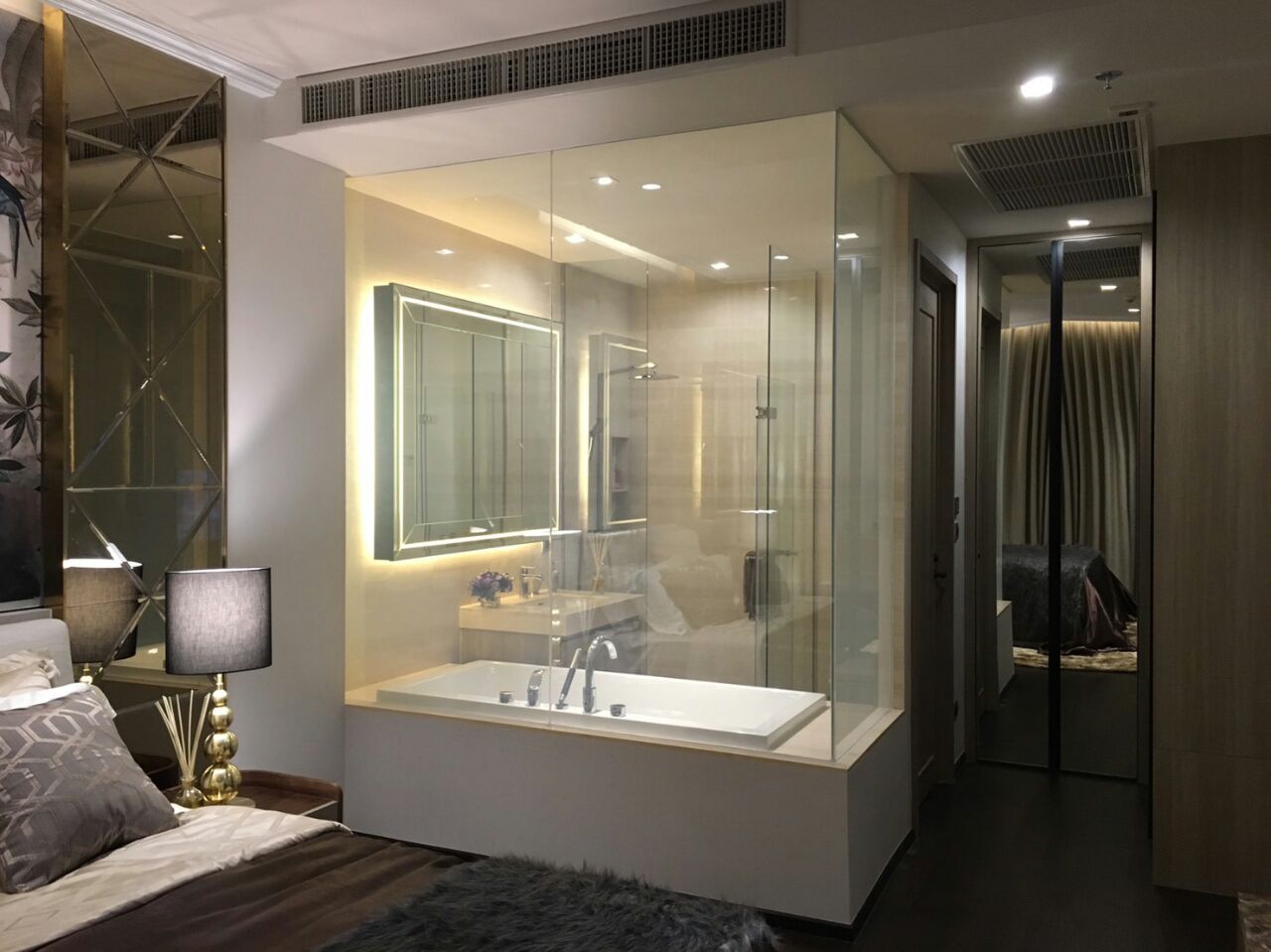
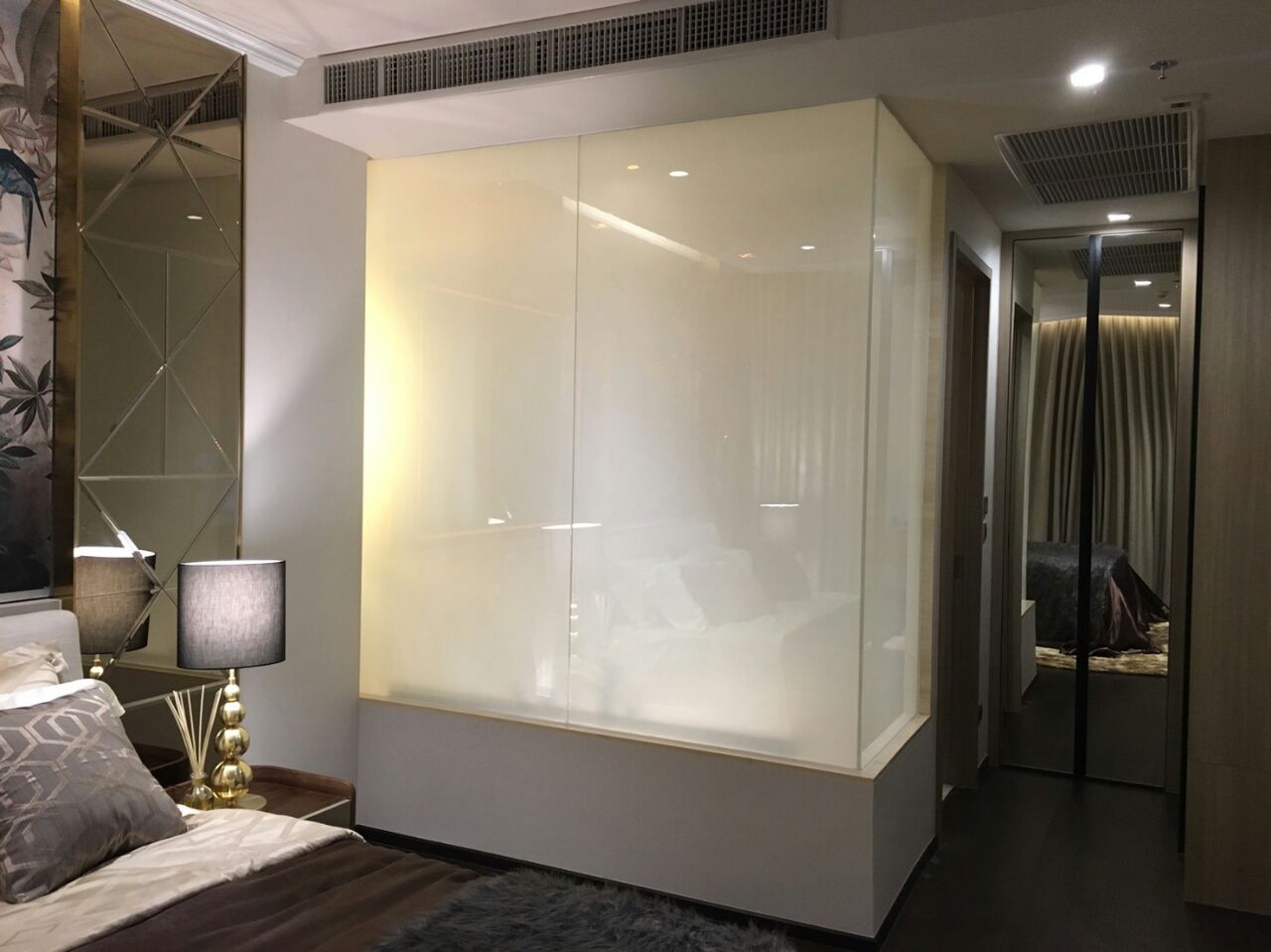
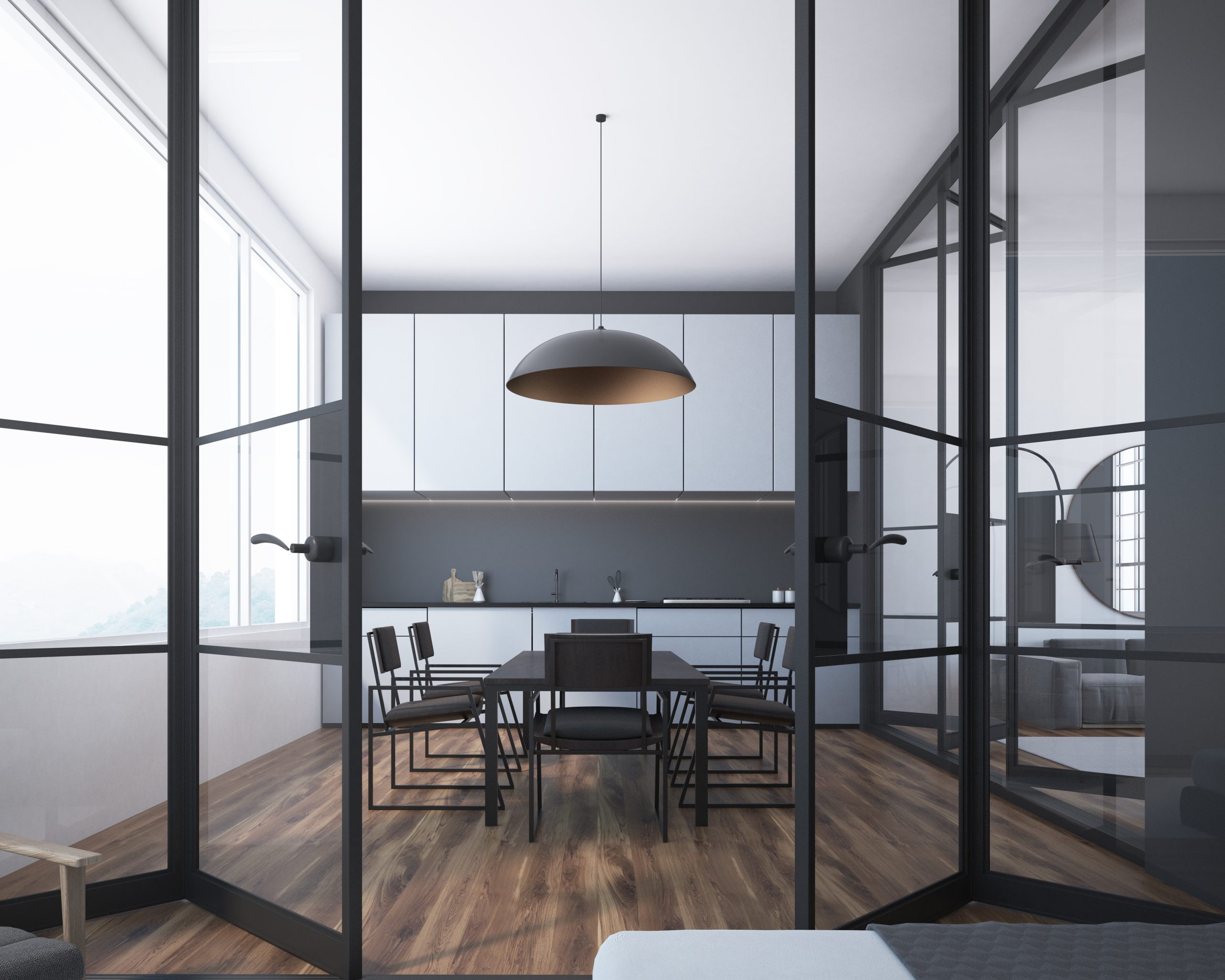
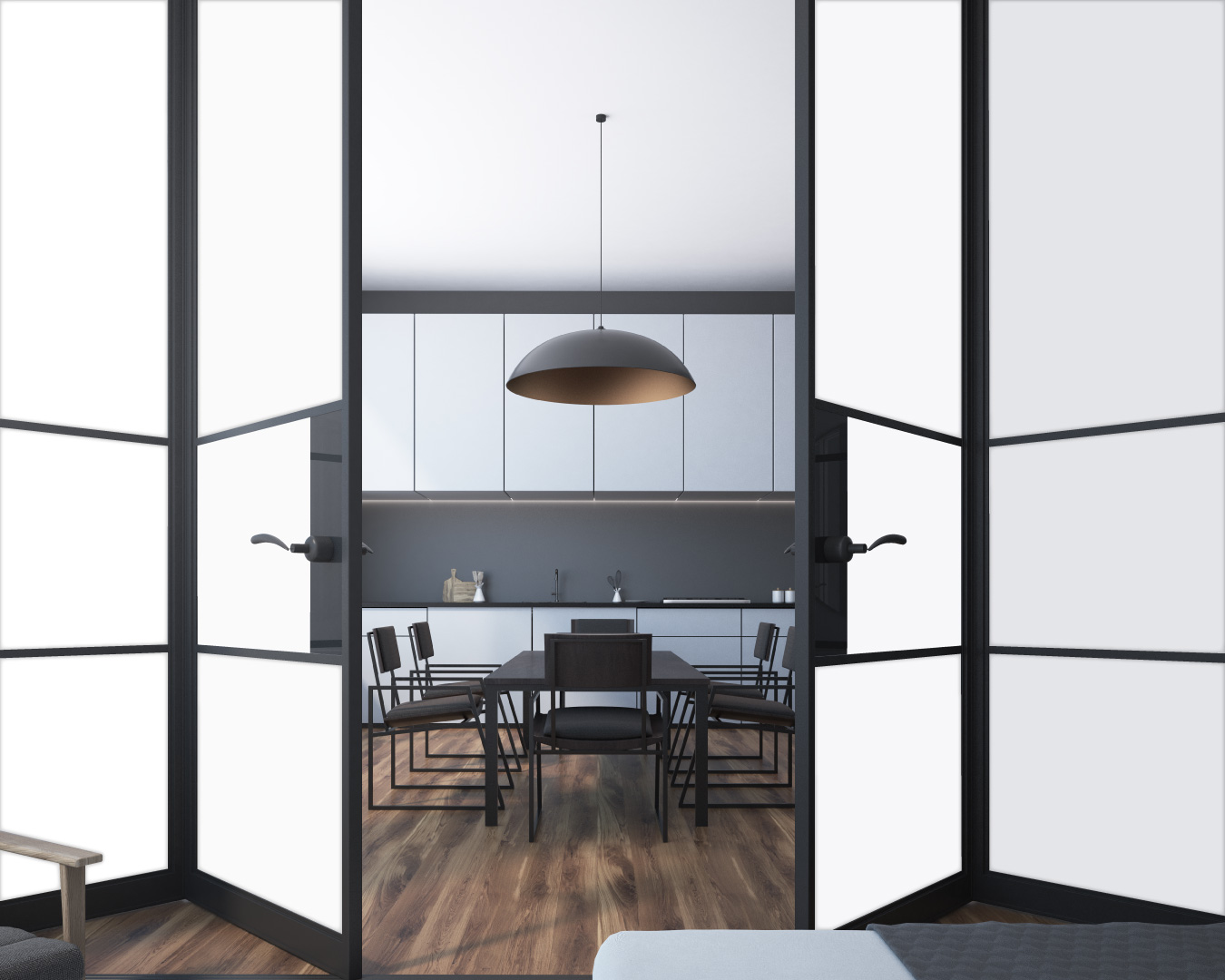
Frequently asked Questions
Our privacy glass works by utilising advanced PDLC (Polymer Dispersed Liquid Crystal) film. When an electrical current is applied, the liquid crystal molecules align, allowing light to pass through, making the glass transparent. When the current is switched off, the molecules mis-align, causing the glass to turn opaque or translucent, providing privacy.
While the initial cost can be a consideration, the long-term benefits often outweigh the upfront expenses.
Privacy glass provides a barrier that helps absorb and reduce ambient noise, creating a quieter environment for patients.
Yes, many privacy glass solutions are designed to be retrofitted into existing structures, offering flexibility in implementation.
Architects contribute to the seamless integration of privacy glass, ensuring it aligns with both aesthetic and functional aspects of healthcare spaces.
Privacy concerns are addressed through secure and controlled access to smart features, prioritising patient confidentiality.




